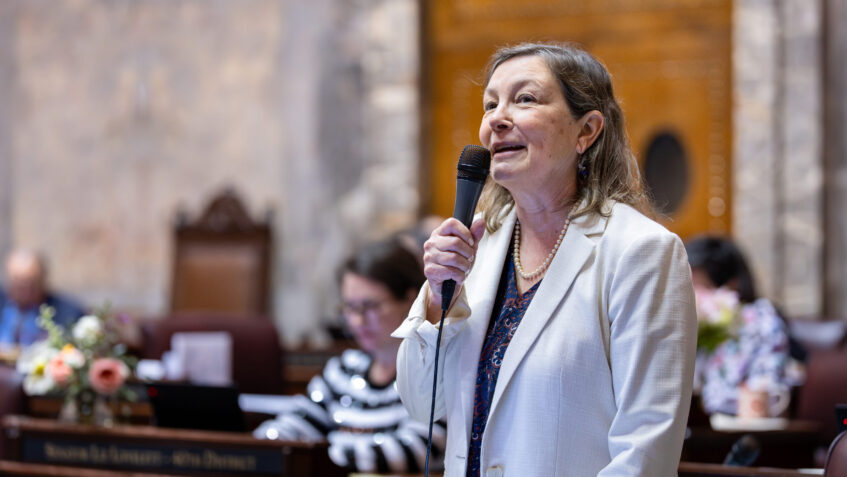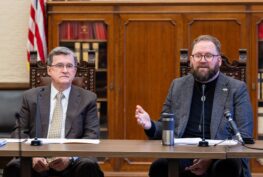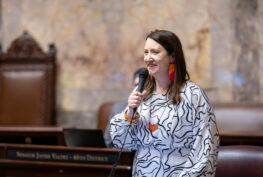OLYMPIA — The Senate approved a $78.5 billion operating budget plan Saturday that protects essential services while putting Washington on a stronger financial footing.
The proposal, which passed with a 28-21 vote, includes both targeted reductions and new revenue streams to address the state budget deficit. Over the four-year budget outlook, $6.5 billion will be made in cuts and $16 billion added in revenue — a net of $6.2 billion in the 2025-27 biennium and $9.8 billion in 2027-29.
New policy investments total about $800 million per year in the 2025-27 budget plan — a notable shift from the $2.4 billion added annually in the last biennium. The proposal lays the groundwork for preserving $7.6 billion in total reserves by the end of the 2027-29 biennium, helping ensure continued stability and flexibility in future budgets.
“Crafting this budget meant facing difficult realities head-on and doing so without losing sight of the people we serve,” said Sen. June Robinson (D-Everett), chair of the Senate Ways & Means Committee. “Every decision in this budget was made with care — not just to close a gap, but to protect our values, support communities, and build toward a more stable, sustainable future for Washington.”
The budget makes significant investments in K-12 education — $1 billion is allocated to special education services and $175 million to school materials, supplies and operating costs. Over four years, those numbers grow to $2.2 billion and $423 million, respectively. Overall, K-12 represents more than 80% of the net new investments across the broader five-year budget outlook, reinforcing the state’s ongoing commitment to improve public education.
The proposal sustains funding for core services to ensure Washingtonians’ continued access to essential help, like:
- $93 million for emergency food assistance organizations
- $78 million for local housing programs
- $25 million to expand resources for crime victims
- $20 million to improve support for refugee and immigrant communities
- $28 million for the state Senior Nutrition Program
The budget further invests in the state’s behavioral health system by allocating $40 million to the University of Washington Behavioral Health Teaching Facility, as well as strengthens long-term care with $31 million to increase Medicaid rates for assisted living facilities. It also allocates $35 million to increase juvenile rehabilitation capacity.
The budget funds and approves collective bargaining agreements for state workers, including for those who are not union-represented. It also provides ongoing cost-of-living adjustments for retirees in the Public Employees’ Retirement System Plan 1 and the Teachers’ Retirement System Plan 1, helping them keep up with rising costs. In addition, the budget fully funds employee compensation at the state’s community and technical colleges.
The operating and transportation budgets are also designed to support one another — transportation investments in the 2025-27 biennium help reduce pressure on the operating budget, while beginning in 2027-29, operating dollars will start to assist with key transportation needs. Additionally, increased operating revenues strengthen the state’s general fund, which in turn supports the capital budget through greater bond capacity.
The budget includes new revenue from a financial intangibles tax on individuals with more than $50 million in publicly traded assets (about 4,300 taxpayers) and a 5% payroll tax on compensation above the Social Security threshold for employers with $7 million or more in annual payroll (about 5,300 businesses). It also features a property tax reform that allows collections to grow with population and inflation, repeals 20 tax exemptions identified as ineffective or obsolete by nonpartisan auditors, and lowers the state sales tax rate from 6.5% to 6%. Funds would go toward K-12 education, health care, public safety, and social services.
The House and Senate will soon begin negotiations on a final budget, which must pass the Legislature by session’s end on April 27. To become law, it needs the governor’s signature.
The full budget proposal is available here.





